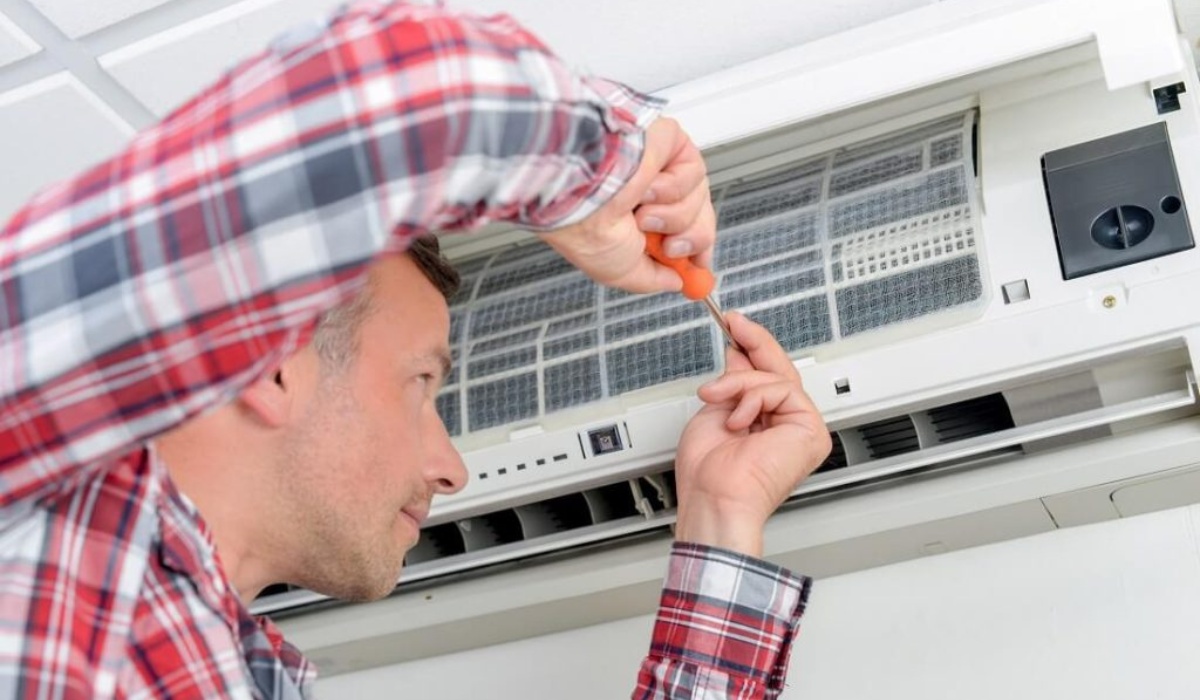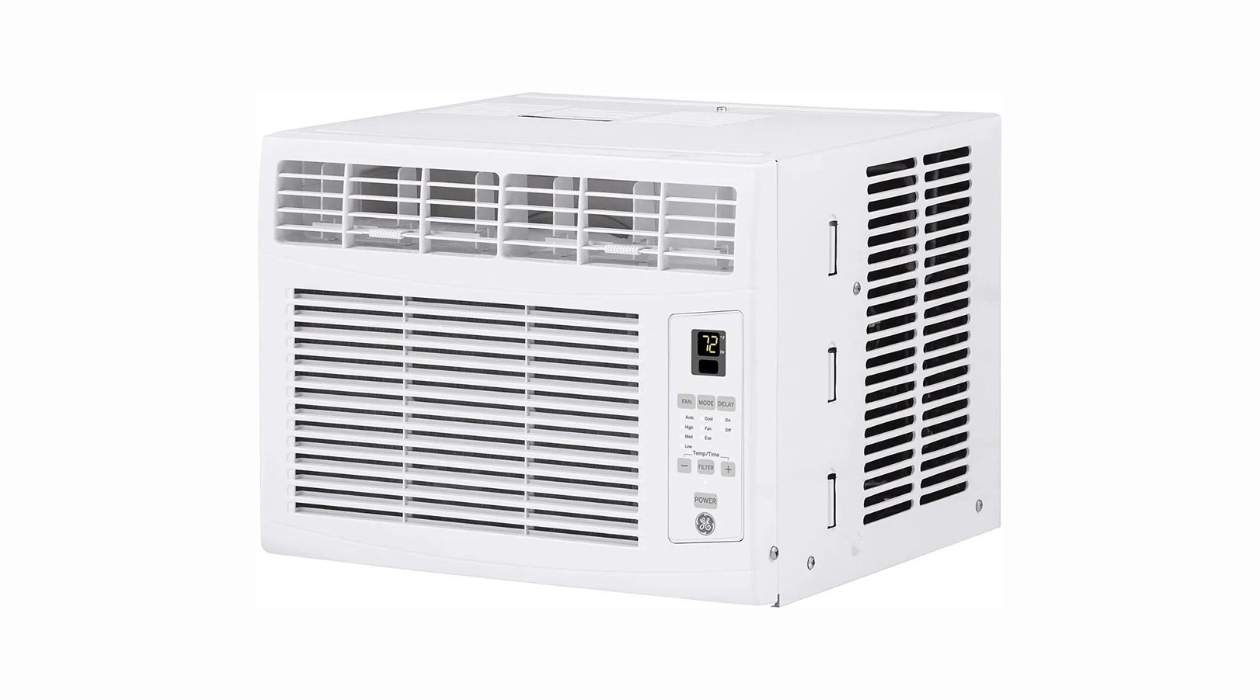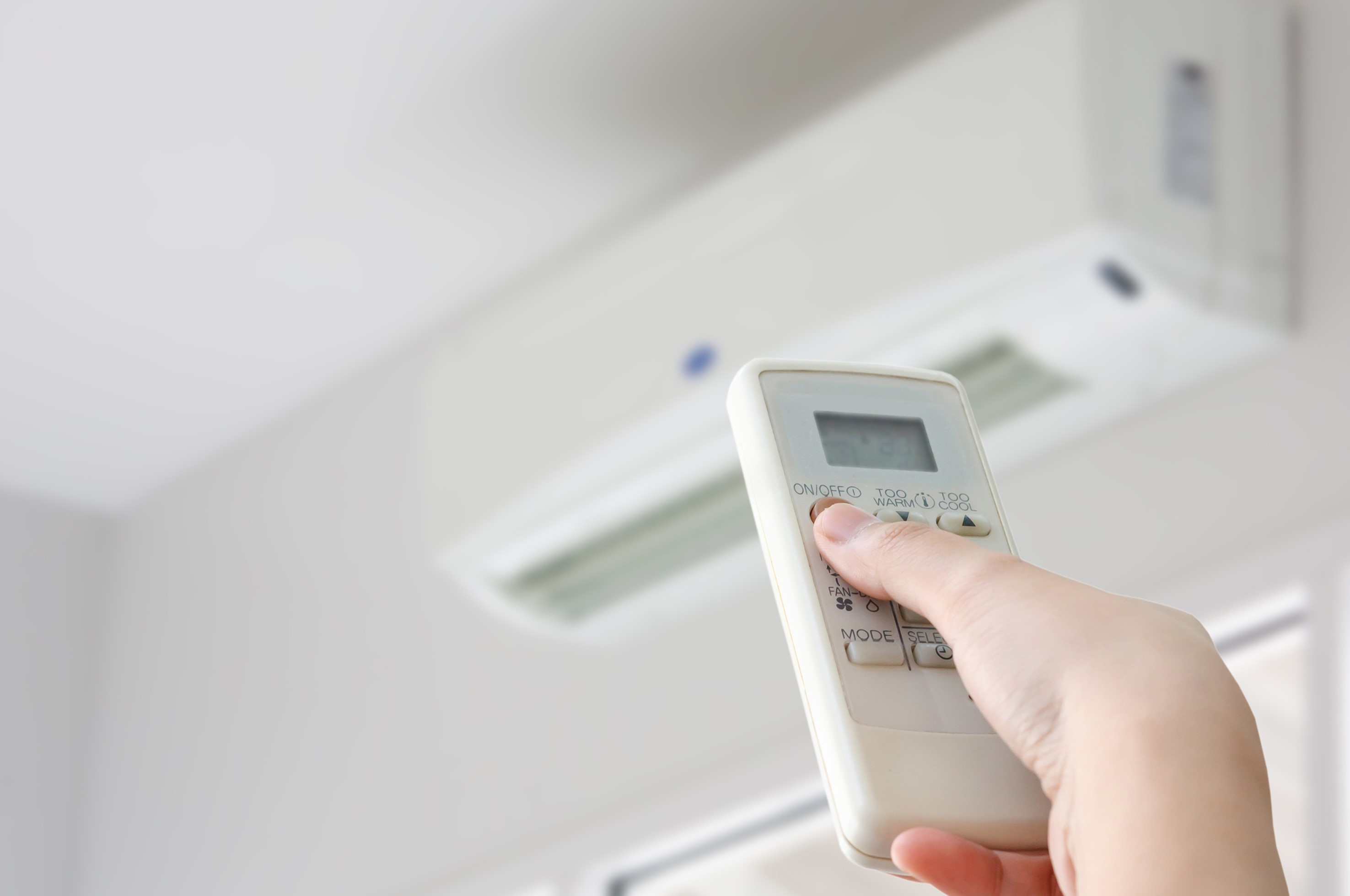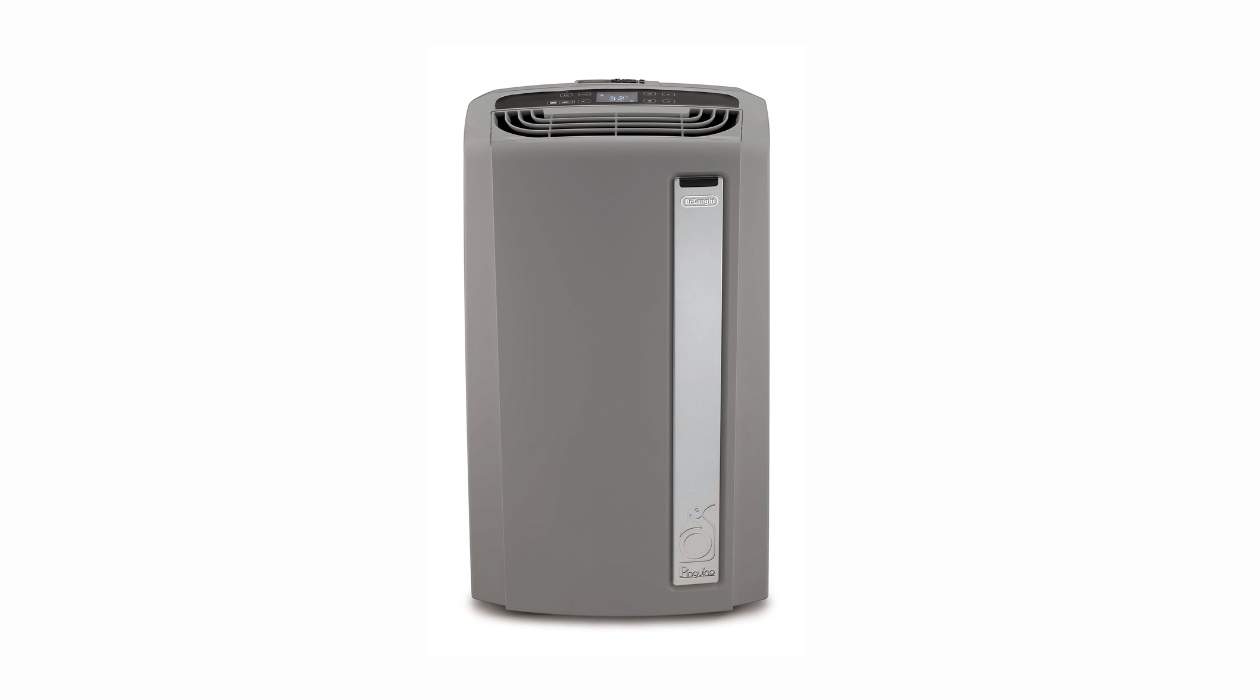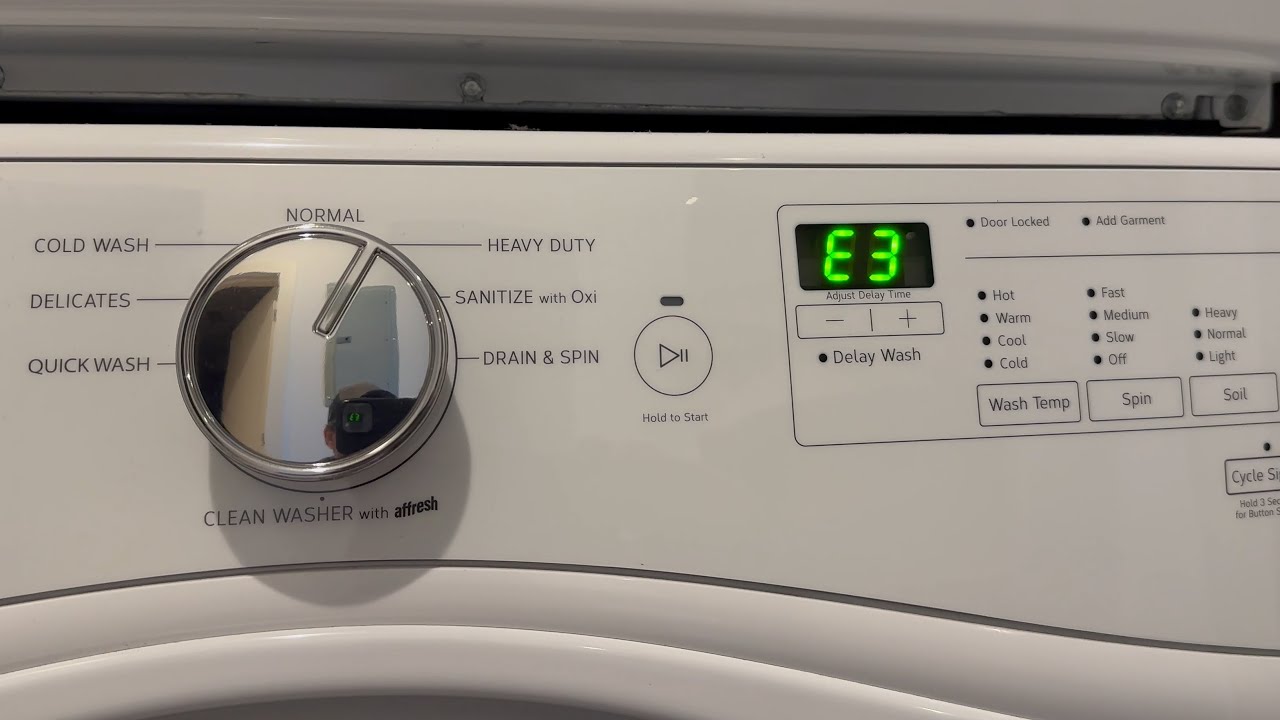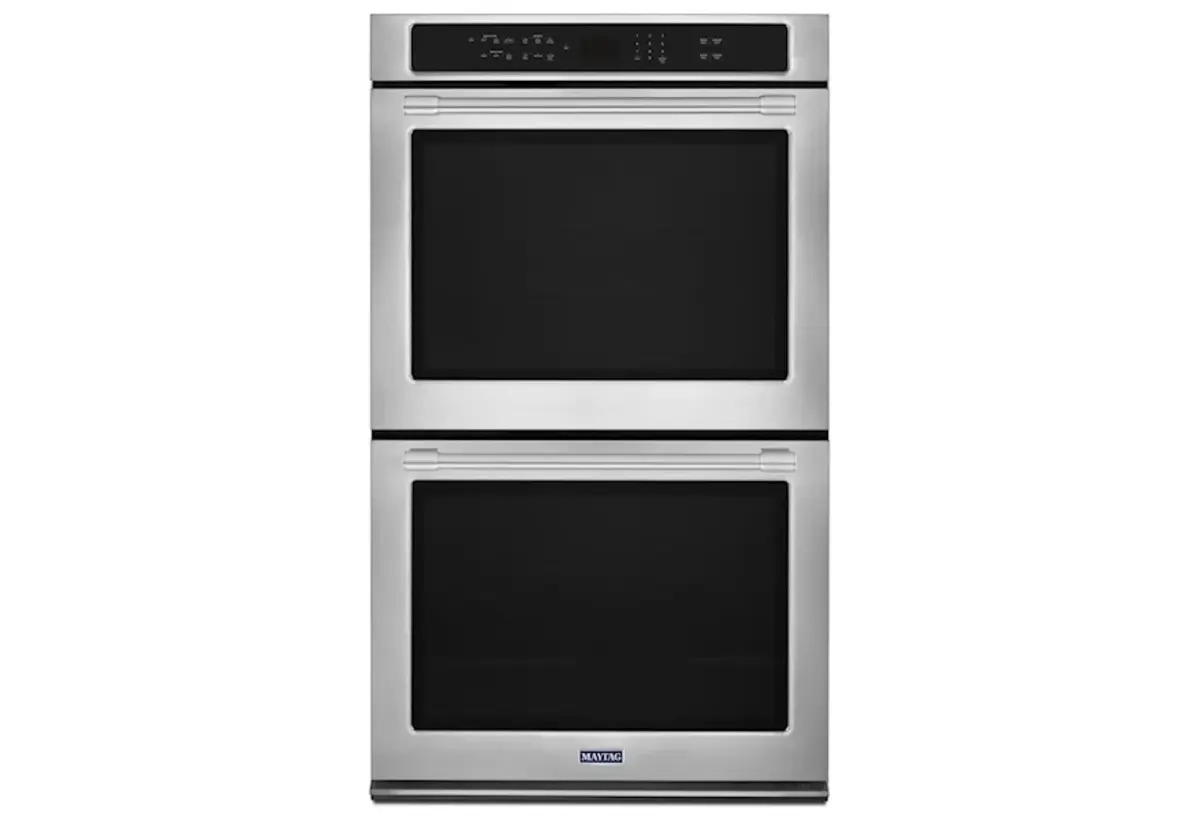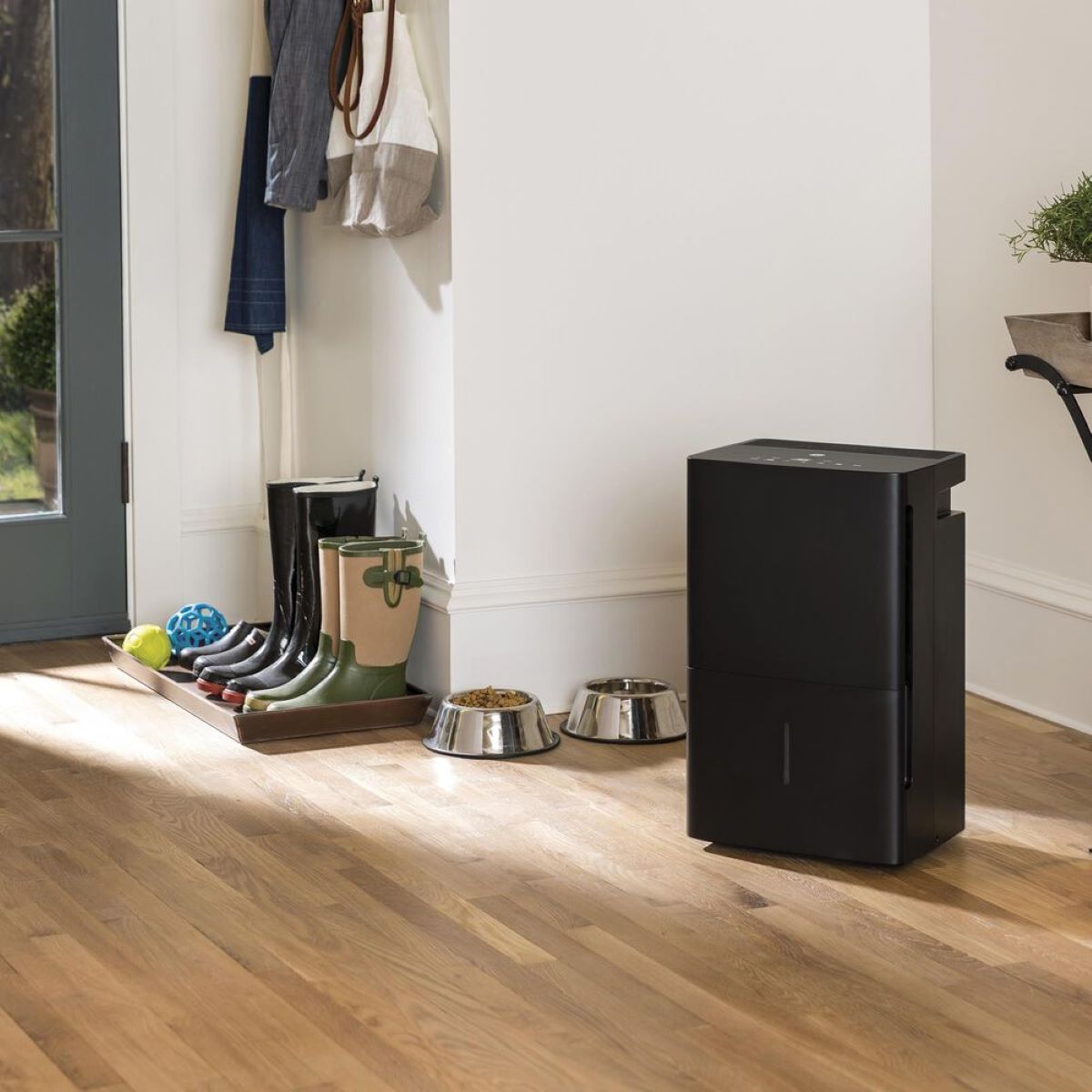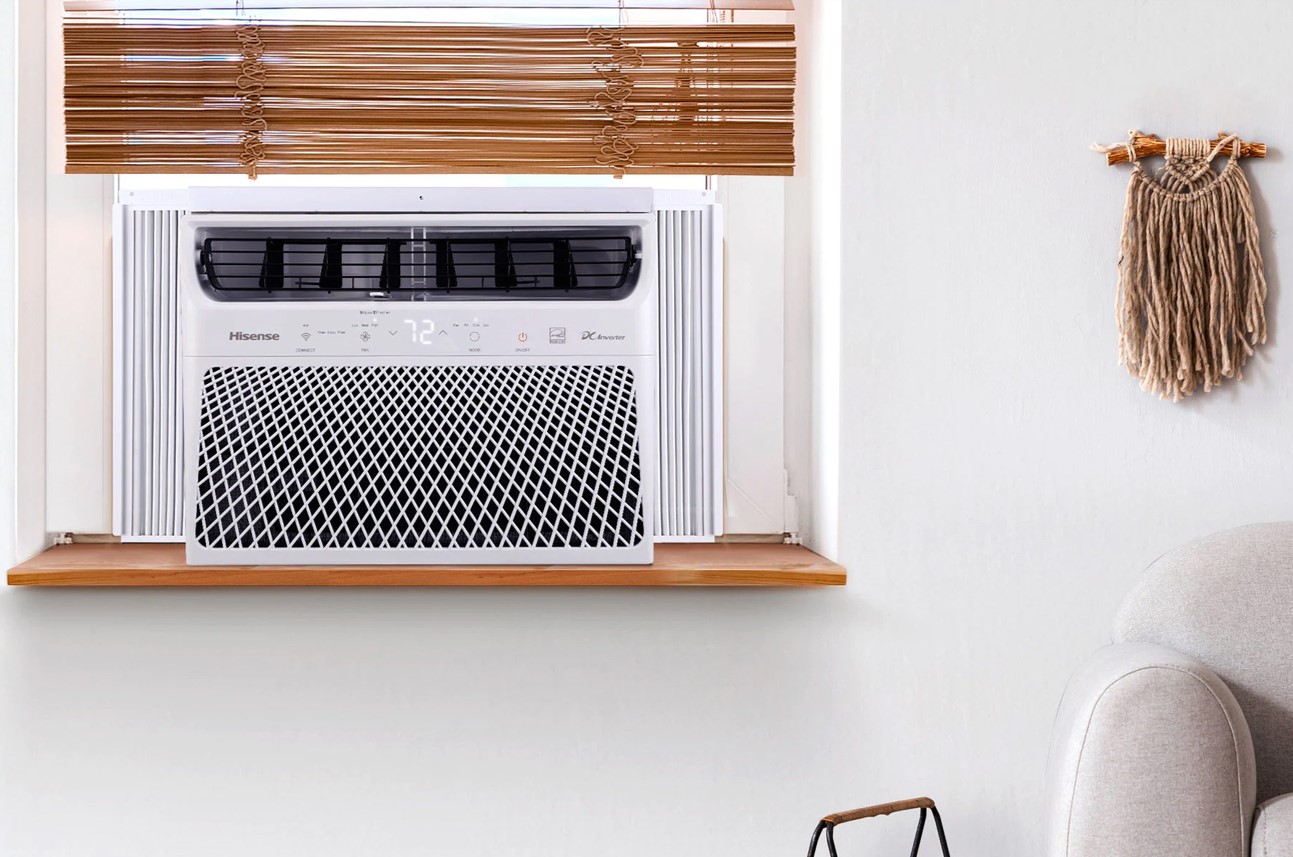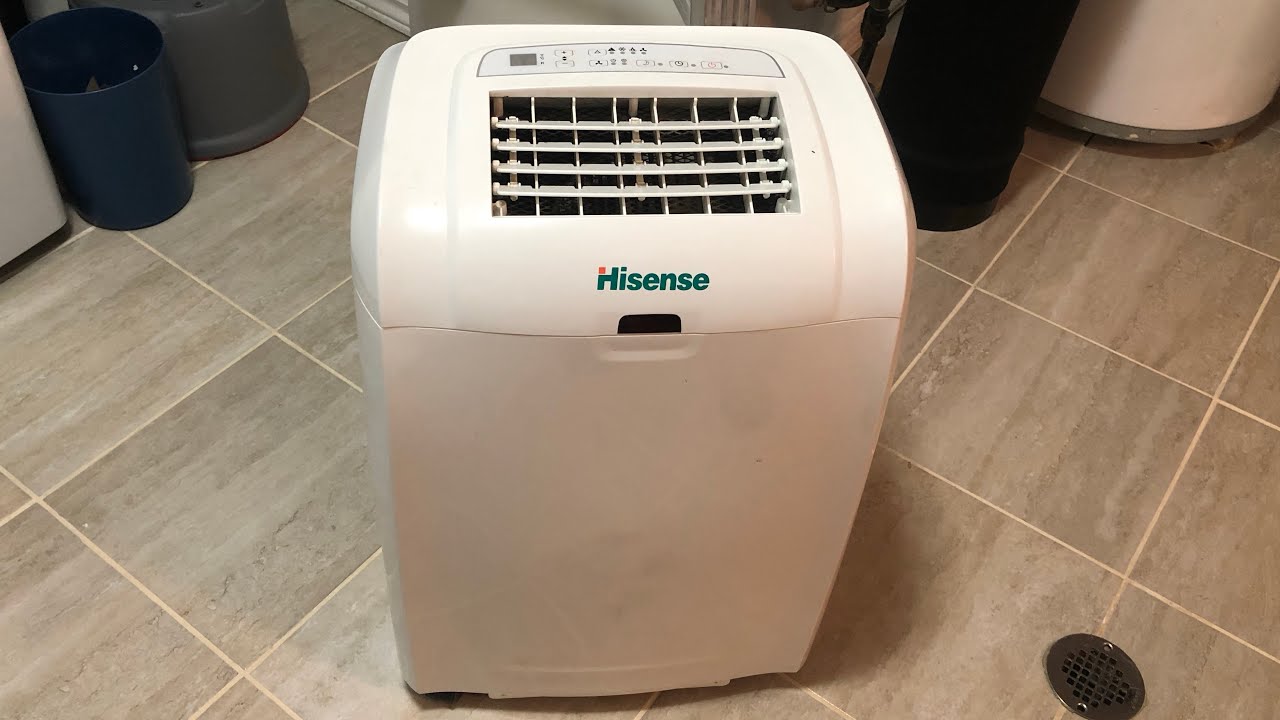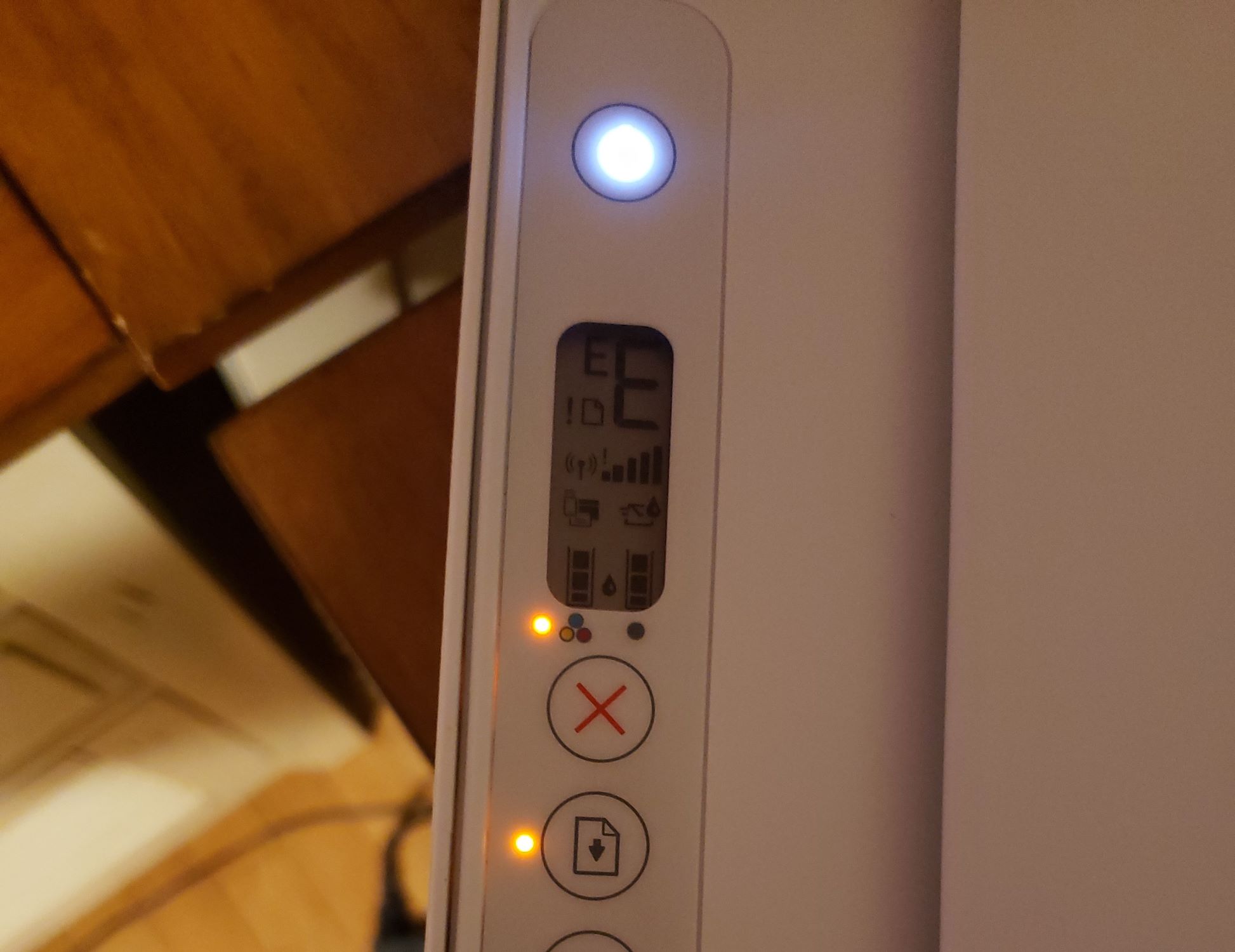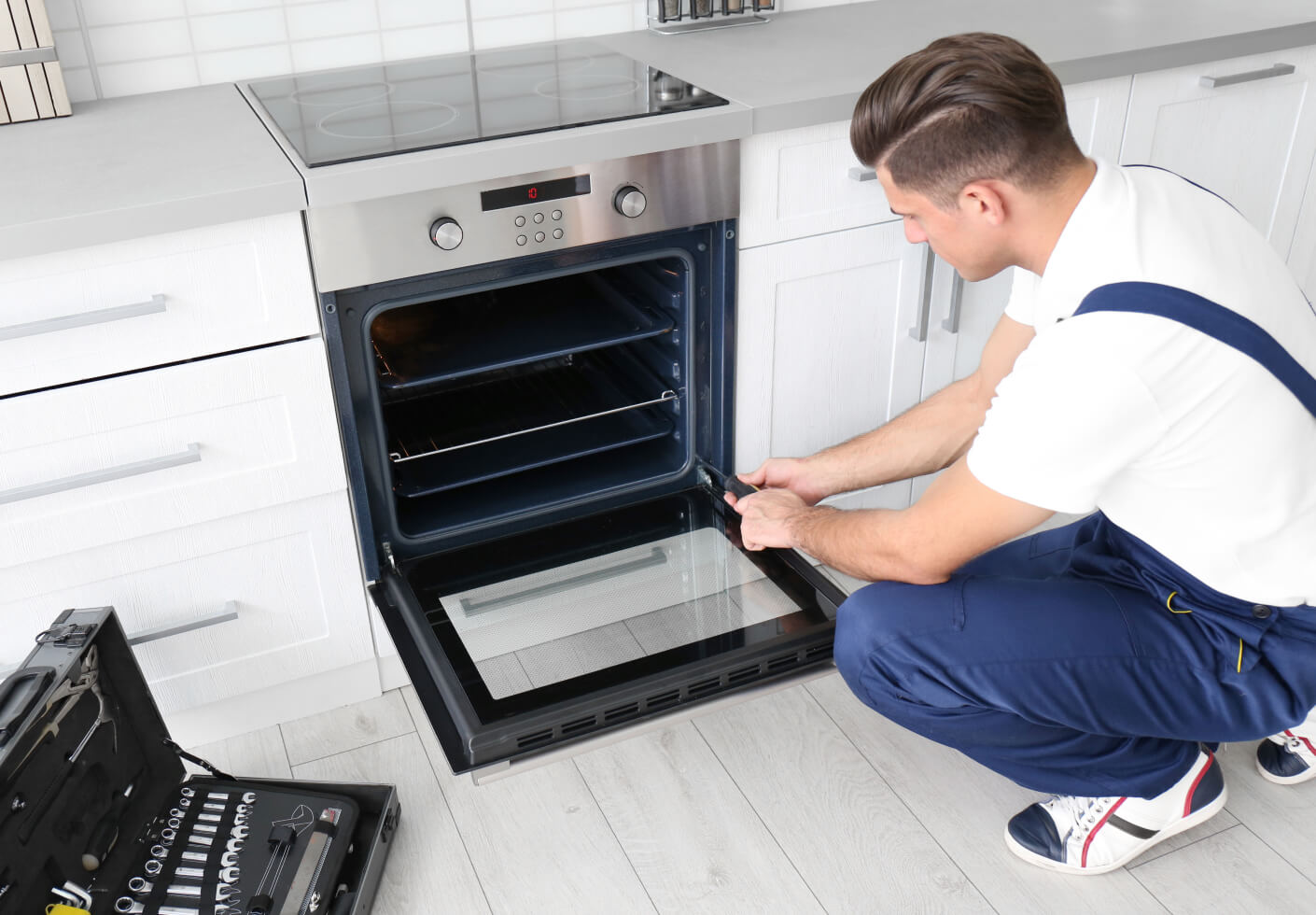Home>Home Maintenance>What Does E5 Mean On A Hisense Air Conditioner
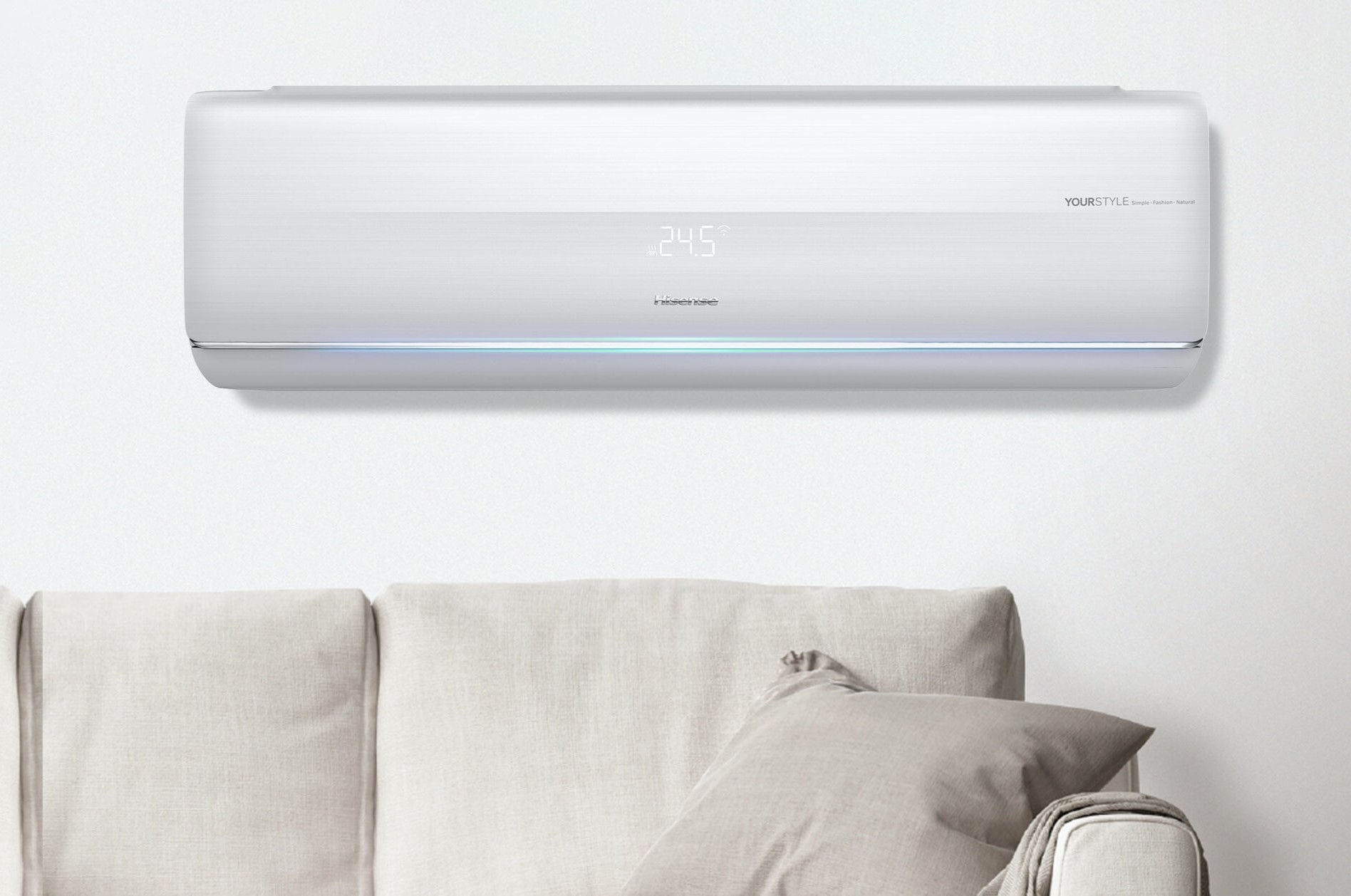

Home Maintenance
What Does E5 Mean On A Hisense Air Conditioner
Modified: March 7, 2024
Learn what the code "E5" on a Hisense air conditioner means and how to troubleshoot it. Find helpful home maintenance tips to keep your AC running smoothly.
(Many of the links in this article redirect to a specific reviewed product. Your purchase of these products through affiliate links helps to generate commission for Storables.com, at no extra cost. Learn more)
Introduction
When it comes to keeping your home cool and comfortable during the hot summer months, an air conditioner is a vital appliance. However, it can be frustrating and inconvenient when your Hisense air conditioner displays an E5 error code. Understanding the meaning of this error and knowing how to troubleshoot it can save you from the hassle of calling a technician and potentially save you money as well.
In this article, we will delve into the world of Hisense air conditioners and shed light on the meaning behind the E5 error code. We will explore the possible causes of this error and provide you with effective troubleshooting tips so you can resolve the issue promptly. So, let’s dive in and decode the mysteries of the E5 error on a Hisense air conditioner.
Key Takeaways:
- When your Hisense air conditioner shows an E5 error, it means there’s a problem in the system. It could be due to issues with temperature sensors, fan motors, or the control board.
- To fix the E5 error, try simple troubleshooting steps like power cycling the AC, checking the temperature sensor and fan motor, and resetting the control board. Regular maintenance and cleaning can also prevent error codes.
Read more: What Does E5 Mean On An Air Conditioner
Understanding E5 Error Code
When your Hisense air conditioner displays an E5 error code, it is indicating that there is a fault or malfunction within the system. The E5 error code is a generic code that can have various meanings depending on the specific model and configuration of your Hisense air conditioner. Therefore, it is essential to consult the manufacturer’s manual or contact their customer support for precise information regarding the E5 error code for your specific model.
In general, the E5 error code on a Hisense air conditioner can indicate issues related to temperature sensors, fan motors, or control board malfunctions. These components play crucial roles in the proper functioning of the air conditioner. Therefore, it is important to address the underlying cause of the E5 error code to restore the functionality of your Hisense air conditioner.
It is worth noting that the E5 error code may also appear in conjunction with other error codes or indicators, providing further information about the specific issue. Some models may display detailed error codes that can help in diagnosing the problem more accurately.
Now that we have a basic understanding of the E5 error code, let’s explore some of the possible causes behind it.
Possible Causes of E5 Error on a Hisense Air Conditioner
The E5 error code on a Hisense air conditioner can be caused by several factors. Here are some of the potential culprits:
- Faulty Temperature Sensor: The temperature sensor is responsible for measuring the temperature of the room and relaying the information to the control board. If the sensor is faulty or malfunctioning, it can lead to inaccurate temperature readings, triggering the E5 error code.
- Malfunctioning Fan Motor: The fan motor plays a critical role in circulating the cool air throughout the room. If the fan motor is not functioning properly, it can result in inadequate airflow and temperature imbalance, leading to the E5 error code.
- Control Board Malfunction: The control board acts as the brain of the air conditioner, coordinating various functions and ensuring smooth operation. If the control board is faulty, it can cause communication errors and disrupt the overall performance, resulting in the E5 error code.
- Power Supply Issues: In some cases, power supply problems like voltage fluctuations or electrical surges can trigger the E5 error code. These issues can disrupt the normal functioning of the air conditioner’s components, causing errors to appear.
- Environmental Factors: Extreme temperatures, excessive humidity, or even dust accumulation can affect the performance of the air conditioner. If the unit is exposed to harsh environmental conditions, it can lead to sensor malfunctions or other issues that trigger the E5 error code.
Keep in mind that these are just some of the potential causes, and the actual cause may vary depending on your specific Hisense air conditioner model. If you are unsure about the underlying issue, it is always recommended to consult the manufacturer’s manual or seek assistance from a qualified technician.
Now that we have identified some possible causes, let’s move on to the troubleshooting steps to resolve the E5 error code on your Hisense air conditioner.
If your Hisense air conditioner is displaying an E5 error code, it typically indicates a communication error between the indoor and outdoor units. Try resetting the unit and checking for any loose connections or obstructions in the communication line. If the issue persists, it’s best to contact a professional technician for further assistance.
How to Troubleshoot E5 Error on a Hisense Air Conditioner
Experiencing an E5 error on your Hisense air conditioner can be frustrating, but there are several troubleshooting steps you can take to resolve the issue. Follow these guidelines to troubleshoot the E5 error:
- Power Cycle the AC: Start by turning off the air conditioner and unplugging it from the power source. Wait for a few minutes before plugging it back in and turning it on. This simple power cycle can sometimes reset the system and clear any temporary glitches causing the E5 error.
- Check the Temperature Sensor: Locate the temperature sensor on your Hisense air conditioner, typically located near the evaporator coil. Ensure that the sensor is clean and free from any debris or dust. If there is any buildup, gently clean it using a soft cloth or brush. A dirty or faulty temperature sensor can trigger the E5 error.
- Inspect the Fan Motor: Check the fan motor to ensure it is running smoothly and not obstructed by any debris or obstructions. If the fan motor appears faulty or is not running at all, it may need to be repaired or replaced. A malfunctioning fan motor can cause inadequate airflow, leading to the E5 error.
- Reset the Control Board: Some Hisense air conditioners have a reset button located on the control panel or the backside of the unit. Press and hold the reset button for a few seconds to reset the control board. This can help resolve any minor software glitches that may be causing the E5 error.
- Check Power Supply: Verify that the power supply to the air conditioner is stable and within the recommended voltage range. Voltage fluctuations or power surges can trigger error codes like E5. If you suspect power supply issues, consider using a voltage stabilizer or contacting an electrician to address the problem.
- Reset the Air Conditioner Settings: Review the settings on your Hisense air conditioner and ensure they are properly configured. Sometimes, incorrect settings can lead to error codes. Reset the settings to default and reconfigure them according to your preferences.
If none of the above steps resolve the E5 error on your Hisense air conditioner, it is advisable to contact the manufacturer’s customer support or seek assistance from a professional technician. They will have the expertise and knowledge to diagnose and resolve any underlying issues with your air conditioner.
By following these troubleshooting steps, you can effectively address the E5 error code on your Hisense air conditioner and restore its normal functionality.
Additional Tips and Recommendations
While troubleshooting the E5 error on your Hisense air conditioner, here are some additional tips and recommendations to keep in mind:
- Read the Manual: Always refer to the manufacturer’s manual for specific instructions and guidelines on troubleshooting and resolving error codes. The manual will provide detailed information on your particular model and help you understand the error codes better.
- Maintain Regular Cleaning: Regularly clean your air conditioner to prevent dust and debris buildup, which can affect its performance and trigger error codes. Clean the filters, coils, and other components as recommended by the manufacturer.
- Keep the Surrounding Area Clear: Ensure that the area around the air conditioner unit is free from obstructions and objects that could obstruct airflow. This will help the air conditioner function efficiently and minimize the chances of error codes appearing.
- Schedule Professional Maintenance: Consider scheduling regular maintenance visits from a professional HVAC technician. They can inspect and service your air conditioner to prevent potential issues and keep it in optimal working condition.
- Contact Customer Support: If you are still unable to resolve the E5 error or have any doubts or concerns, do not hesitate to contact the manufacturer’s customer support. They can provide further guidance and technical assistance specific to your Hisense air conditioner model.
It is important to note that attempting any advanced troubleshooting or repairs beyond your expertise may lead to further damage to the air conditioner. If you are unsure or uncomfortable with any troubleshooting steps, it is best to seek professional help.
By following these additional tips and recommendations, you can maintain the performance and efficiency of your Hisense air conditioner and minimize the occurrence of error codes.
Read more: What Does E7 Mean On An Air Conditioner
Conclusion
Dealing with an E5 error code on your Hisense air conditioner can be frustrating, but with the right knowledge and troubleshooting steps, you can resolve the issue effectively. By understanding the possible causes of the E5 error and following the recommended troubleshooting tips, you can restore your air conditioner’s functionality and enjoy cool, comfortable indoor temperatures once again.
Remember to consult the manufacturer’s manual for specific instructions and guidelines related to your Hisense air conditioner model. It is also important to prioritize regular maintenance and cleaning to prevent the occurrence of error codes and ensure optimal performance.
If you feel unsure or uncomfortable with any troubleshooting steps, it is always recommended to seek assistance from a professional HVAC technician or contact the manufacturer’s customer support. They have the expertise and knowledge to diagnose and resolve any underlying issues with your air conditioner.
By taking proactive measures and addressing the E5 error in a timely manner, you can prolong the lifespan of your Hisense air conditioner and maintain a comfortable home environment for years to come.
Frequently Asked Questions about What Does E5 Mean On A Hisense Air Conditioner
Was this page helpful?
At Storables.com, we guarantee accurate and reliable information. Our content, validated by Expert Board Contributors, is crafted following stringent Editorial Policies. We're committed to providing you with well-researched, expert-backed insights for all your informational needs.
